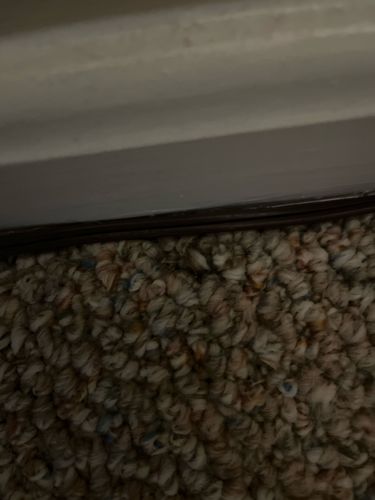Silverfish
Scientific Name: Lepisma saccharina
Order & Family: Order: Zygentoma, Family: Lepismatidae
Size: Typically 10-19 mm (0.4-0.75 inches) long, excluding their caudal filaments (three long, bristle-like appendages at the rear).

Natural Habitat
Silverfish prefer dark, damp, and cool places. Common habitats include bathrooms, kitchens, basements, attics, storage rooms, and closets. They can be found in cracks, crevices, behind baseboards, under sinks, in book collections, and stored papers. They thrive in environments with high humidity (75-95%) and moderate temperatures (70-80°F or 21-27°C) but can tolerate a wide range.
Diet & Feeding
Silverfish are scavengers with a broad diet, primarily consuming polysaccharides. They feed on items rich in starch, cellulose, or dextrin. Common food sources include paper, glue, book bindings, photographs, sugar, hair, dandruff, cotton, linen, silk, and synthetic fibers. They can also damage cereals, flour, and other food items. They are known to gnaw on wallpaper to consume the paste behind it. They can survive for long periods without food but require moisture.
Behavior Patterns
Silverfish are primarily nocturnal and very secretive, typically hiding during the day and becoming active at night. They are fast runners and can squeeze into tiny cracks and crevices. They move with a characteristic wiggling, fish-like motion, especially when startled. They can live for several years and reproduce throughout the year, laying eggs in cracks and under objects. They are attracted to damp, dark, and secluded areas. Unlike many insects, silverfish undergo ametabolous metamorphosis, meaning they continue to molt throughout their lives, even after reaching adulthood.
Risks & Benefits
Potential Risks: Silverfish are considered household pests. While they do not bite humans or transmit diseases, they can cause damage to various household items. They chew irregular holes in paper, books, wallpaper, clothing (especially cotton, linen, silk), and stored foods, rendering them unusable or less appealing. Infestations can be particularly damaging to historical documents, valuable books, and antique textiles. Their presence often indicates high humidity or moisture problems in a home. Potential Benefits: In natural environments, silverfish can contribute to the decomposition of organic matter, acting as minor detritivores. However, in indoor settings, their presence is almost entirely negative from a human perspective due to their destructive feeding habits.
Identified on: 8/11/2025